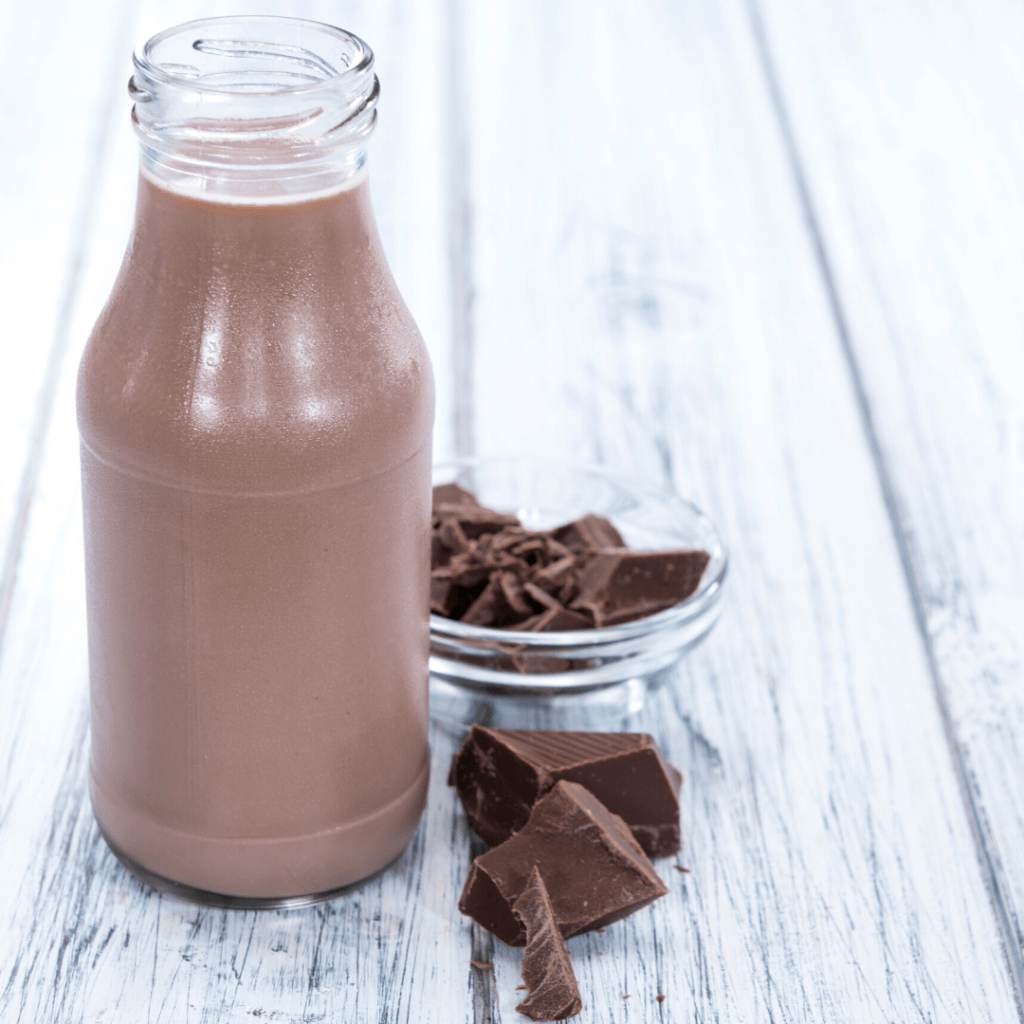This essential guide to running for weight loss will help you burn calories in a healthy way. Set realistic goals to lose weight and train properly.
So you’ve established a running schedule that works for your body and your goals. You’re feeling great, and moving most days of the week, but you still weigh more than you want to—what gives?
There are a few ways to make running a part of your weight loss goals (without starving yourself)—here’s how.
1. Set a reasonable and healthy goal
The Academy of Nutrition and Dietetics suggests aiming for a loss of no more than 2 pounds per week, and many studies indicate that slower is better. It’s very unlikely that you’ll lose 10 pounds in a month in a healthy way.

Use this online calculator to determine your body mass index (BMI): if it’s within the “normal” range (18.5-25), consider why you want to weigh less than that. It’s possible that your body is perfectly healthy just the way it is!
2. Include interval training
If you do have excess weight to lose, examine your current training schedule. Do you run about the same distance at the same pace during each workout?
A 2019 study looked at the percentage of body fat lost from moderate intensity training versus interval training and found that intervals can help you lose up to 28.5% more weight than consistently running at a steady pace. Scientists believe that running intervals (sprints, hills, etc) may increase metabolism, even after you’re finished running. To shake up your routine, ry sprinting for 60 seconds, followed by 90 seconds of recovery at a slower pace and repeat.
3. Incorporate other forms of exercise
Trying a new form of cardio (swimming, kickboxing, dance) can help increase your weight loss. Your body is very good at adapting to movements it does often, which means it doesn’t expend as much energy to run that same mile that you’ve been running for a year.

In other words, you may be able to burn more calories in the same amount of time if you switch up your workouts. For instance, take a spin, dance or boxing class once per week or try something else that sounds interesting to you. This is not to say that you need to suffer to make a workout “worth it,” but it might challenge the body if running is no longer difficult.
4. Pay attention to diet
Some studies show that many people overestimate how many calories they burn during a run. Many people feel like they’ve “earned” the right to eat whatever they want after a particularly tough session.

Be realistic about how many calories you burn during a run, which is often about 80-100 calories per mile. A fitness watch, like a Garmin or Apple Watch, will tell you how many active calories you shed during a run. Compare that to the calories you eat–I like the free app and website MyFitnessPal, but there are a ton of great options available.
Your goal is to eat less calories than you burn, which is often referred to as a calorie deficit (see tip #6).
5. Recover properly
Recovery nutrition is incredibly important for weight loss, so don’t wait too long after refuel. Even if you’re not super hungry right after a run, putting some food into your system will prevent you from overeating later in the day.
[Read more about recovery nutrition here]. Try to make sure you’re getting protein, carbs, and fiber within 2 hours of finishing a run. Protein is not only important for muscle repair, but it also helps keep you full throughout the day. Carbs are necessary to replenish the glycogen stores used during your run.
In addition, incorporate some fiiber rich foods. Fiber takes longer to pass through the digestive system than other nutrients, so it will help you feel fuller longer.

Some simple recovery snacks include:
- a chocolate milk (3:1 carb to protein ratio)
- hard-boiled egg and an orange (protein and carbs)
- a piece of whole wheat toast with nut butter (carbs, fiber, protein and healthy fats)
6. Maintain a calorie deficit
To lose weight, you need to burn more calories than you eat, which is referred to as “maintaining a calorie deficit.” A safe, healthy deficit is usually about 250 calories per day.
The best way to determine whether or not you’re burning more calories than you’re eating is to use a calorie tracker. Apps like MyFitnessPal use your weight, height, age and activity level to determine your basal metabolic rate (BMR) or the amount of calories your body needs on a daily basis to function. It also syncs with your phone to see how many calories you burn through exercise.
Some easy swaps to cut some of those 250 calories include:
- use skim milk (instead of creamer) and omit the sugar from coffee (saves about 100 calories per cup)
- make your sandwiches open-face (saves about 120 calories per sandwich)
- use zero-calorie oil spray instead of liquid oil or butter (saves about 100 calories per Tbsp)
- substitute spiralized zucchini or other vegetables in place of pasta (saves about 200 calories per cup)
- skip dessert most days of the week (saves up to 700 calories per dessert)
If you want personalized professional advice, try meeting with a Registered Dietitian. Overall, weight loss involves a lot of trial and error. Don’t give up just because the first thing you try isn’t working for you! Every body is different, and your running routine is bringing you benefits far beyond what the


0 Comments